As global supply chains undergo significant restructuring, nearshoring has emerged as a strategic approach for European and international companies seeking to optimize their operations. Serbia, with its advantageous location, business-friendly climate, and network of Free Trade Agreements (FTAs), stands out as an attractive nearshoring destination. Elevatepr.digital delves into the tax and investment incentives offered by Serbia to companies considering nearshoring their fabrication processes, and how these incentives, coupled with Serbia’s FTAs, unlock remarkable export potentials.
Serbia’s Investment Incentive Landscape
Serbia has implemented a comprehensive framework of incentives aimed at attracting foreign investment, particularly in manufacturing and export-oriented sectors. These incentives are designed to reduce the operational costs of businesses and enhance their competitiveness on the global stage.
1. Corporate Tax Benefits: Serbia offers one of the lowest corporate tax rates in Europe at 15%. Additionally, significant tax incentives are available for investors, including tax holidays for investments of substantial value or those creating a large number of jobs.
2. Customs and VAT Exemptions: For companies engaged in export-oriented production, Serbia provides exemptions from customs duties and VAT on imported raw materials and equipment intended for production processes.
3. Government Subsidies and Grants: The Serbian government offers various financial subsidies to foreign investors, including grants for fixed asset investments and employment subsidies. These are often tailored to specific sectors and project sizes, with a particular focus on high-tech and export-driven industries.
4. Special Economic Zones (SEZs): Serbia has established several SEZs where businesses can benefit from additional tax incentives, customs benefits, and infrastructure support. These zones are strategically located to facilitate access to international markets.
Leveraging FTAs for Export Potentials
Serbia’s network of FTAs provides direct, tariff-free access to a market of over 1.1 billion people, including the European Union, Russia, Turkey, and the countries of the Central European Free Trade Agreement (CEFTA). Notably, the FTA with the Eurasian Economic Union and the bilateral agreement with China offer unique opportunities for companies in Serbia to tap into large and growing markets with favorable terms.
1. EU Market Access: While Serbia is not a member of the EU, its Stabilization and Association Agreement (SAA) with the EU allows for duty-free exports to EU countries for most products, making it an ideal production base for companies targeting the EU market.
2. Access to Russian and Eurasian Markets: The FTA with the Eurasian Economic Union grants Serbian products preferential access, opening up opportunities in sectors such as agriculture, food production, and machinery.
3. China-Serbia FTA: This bilateral agreement enhances Serbia’s attractiveness as a manufacturing hub for companies aiming to export to China, leveraging the country’s strategic position to navigate the complexities of global trade.
Strategic Considerations for Nearshoring to Serbia
Companies looking to nearshore their fabrication processes to Serbia should consider the following strategic factors:
– Supply Chain Integration: Assessing the ease of integration with existing supply chains, considering Serbia’s logistical and infrastructural capabilities.
– Workforce and Technical Expertise: Evaluating the availability of skilled labor and technical expertise in relevant sectors.
– Market Access and Diversification: Utilizing Serbia’s FTAs to plan for market access and diversification strategies, ensuring that production in Serbia aligns with export targets and market demands.
The combination of tax and investment incentives, coupled with Serbia’s expansive network of Free Trade Agreements, positions Serbia as a compelling nearshoring destination for companies seeking to optimize their fabrication processes and enhance their export potential. By strategically leveraging these advantages, businesses can not only achieve cost efficiencies and operational effectiveness but also gain unprecedented access to major global markets. As companies navigate the challenges of global trade and seek resilient supply chain solutions, Serbia offers a pathway to achieving these objectives, underscoring the country’s growing importance in the international business landscape.
